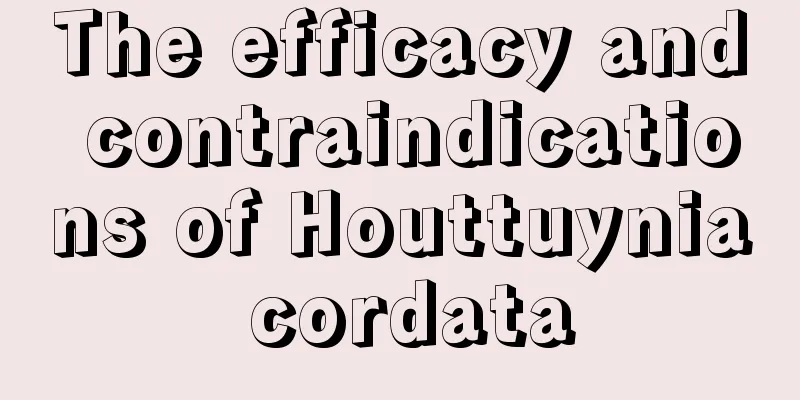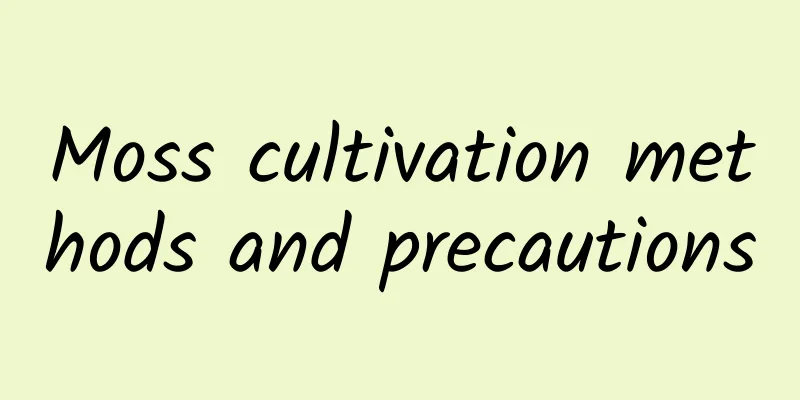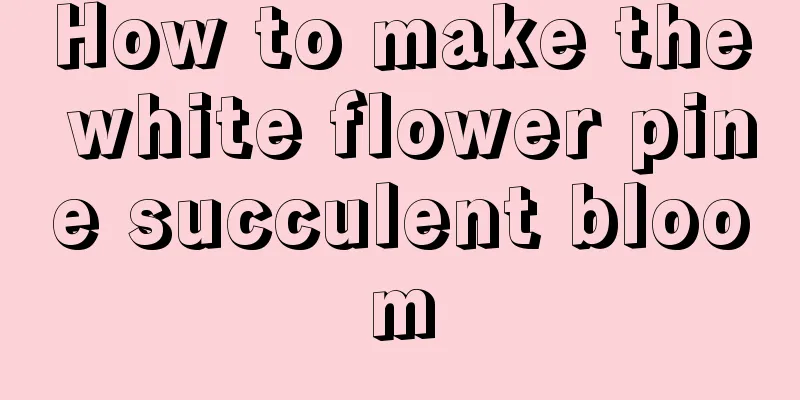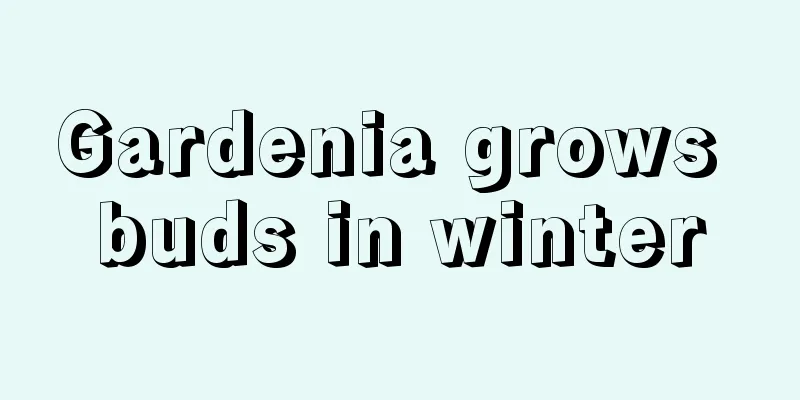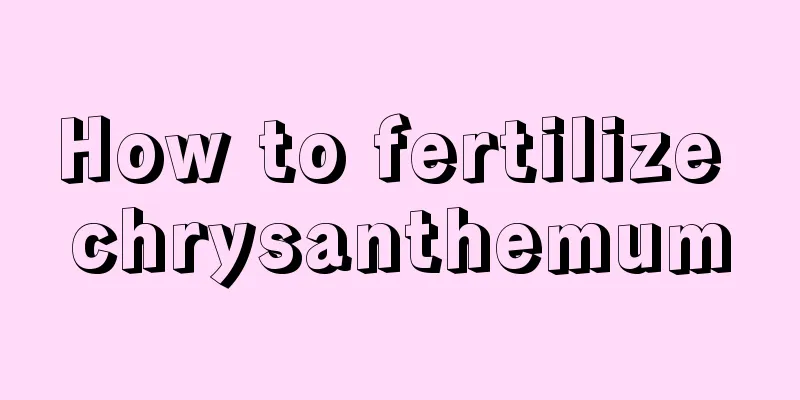Cultivation methods and precautions of star-shaped begonia
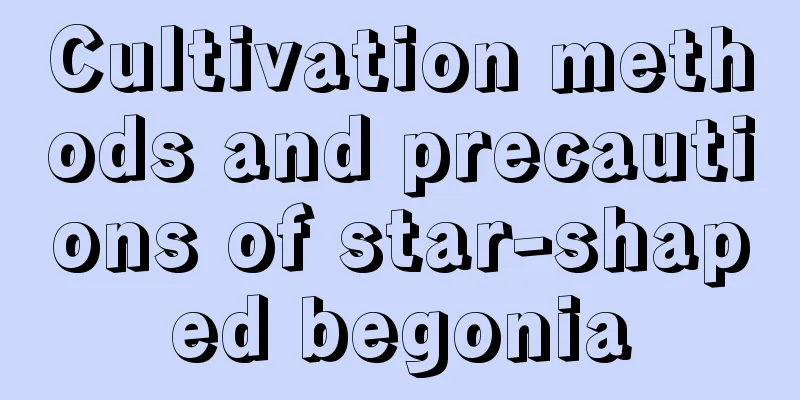
How to grow star begoniailluminationStar-spotted Begonia likes scattered light and a humid environment very much, and is not very cold-resistant. soilThe soil for Star Begonia requires looseness and good drainage. WateringWater frequently during the growing season to keep the soil moist. FertilizationDuring the growing season, apply compound fertilizer rich in phosphorus and potassium once a month, or apply thin liquid fertilizer once every two weeks. Proper pruning should be carried out on a regular basis to maintain a beautiful plant posture and good ventilation and air permeability. Things to note about Star BegoniaSeasonal watering precautionsWhen the room temperature is below 15℃ in winter, watering should be strictly controlled, or spraying should be used instead of watering. The suitable temperature for growth is 18-21℃. Too high temperature can easily cause leaf scorch. During hot seasons, pay attention to the surrounding air humidity and spray 2 to 3 times a day. OverwinteringThe wintering temperature should not be lower than 8℃. In winter, the plants should be placed in a shed where they can see sunlight in the morning and evening. Stop applying fertilizer and control watering. The leaves can be washed once a week with water close to room temperature. How to propagate star begoniaSeed propagationIt can be done in early spring. Sow the mature seeds in a breeding pot filled with humus, maintain around 16℃ and a certain humidity, and they will take root. When the seedlings have 2 to 3 true leaves, they can be transplanted into pots. Cutting propagationThe best effect is from May to June. Select the tender branches at the top of the plant as cuttings, about 10 to 15 cm long, and insert them into the culture sand bed. Spray the sand bed every day. Generally, roots will take shape 2 to 3 weeks after planting. Propagation by divisionClumping varieties can also be propagated by division. Divide the roots of the plant that fills the pot into several clumps, avoiding damaging the roots, and then plant them in pots separately. Disease and Pest Control of Star-spot BegoniaIf root-knot worms harm the root system, it will affect the root absorption, causing the plant to be short and lose its green color. Nematicides such as kexiandan can be buried around the root system for prevention and control. In addition, gray mold is prone to occur when the air humidity is too high and ventilation is poor, so ventilation should be strengthened and medication should be used. |
<<: Cultivation methods and precautions of Lilium lily
Recommend
What is rapeseed?
What is rapeseed? Rapeseed is a vegetable of the ...
Choose "it" when growing flowers in autumn. It can bloom all year round and is easier to grow than "Chlorophytum"!
When asked what flowers are best to grow in autum...
How to grow succulent mung beans
1. Lighting This plant likes to grow in the sun, ...
How to plant daisy seeds
Daisy seeds are usually planted by broadcasting. ...
How to grow Longyou plum
1. Soil Longyoumei does not have high requirement...
Cultivation methods and precautions of alpine banyan
The mountain banyan is a very easy-to-grow plant....
The 30 most valuable types of garbage can be used to grow flowers without fertilizing or turning leaves!
Use it to grow flowers and no longer need to fert...
How to plant Camellia Impatiens seeds
1. End of broadcast time According to the germina...
Are all oleander plants poisonous?
1. Is it toxic? Plants in the Apocynaceae family ...
How to propagate maple trees and what to pay attention to
Maple tree propagation method There are only two ...
How to plant golden lotus seeds
one. Seed processing steps before planting: 1 Bec...
Does Gypsophila like sunshine?
1. Do you like sunshine? It is a positive plant t...
Causes and treatments for yellow leaves of Jade Butterfly
1. Temperature discomfort Reason: Jade butterfly ...
Is Christmas cactus poisonous?
1. Is it toxic? First of all, I can tell you for ...
What are the cultivation methods and precautions of water plum blossoms?
Water plum blossom introduction The water plum bl...




